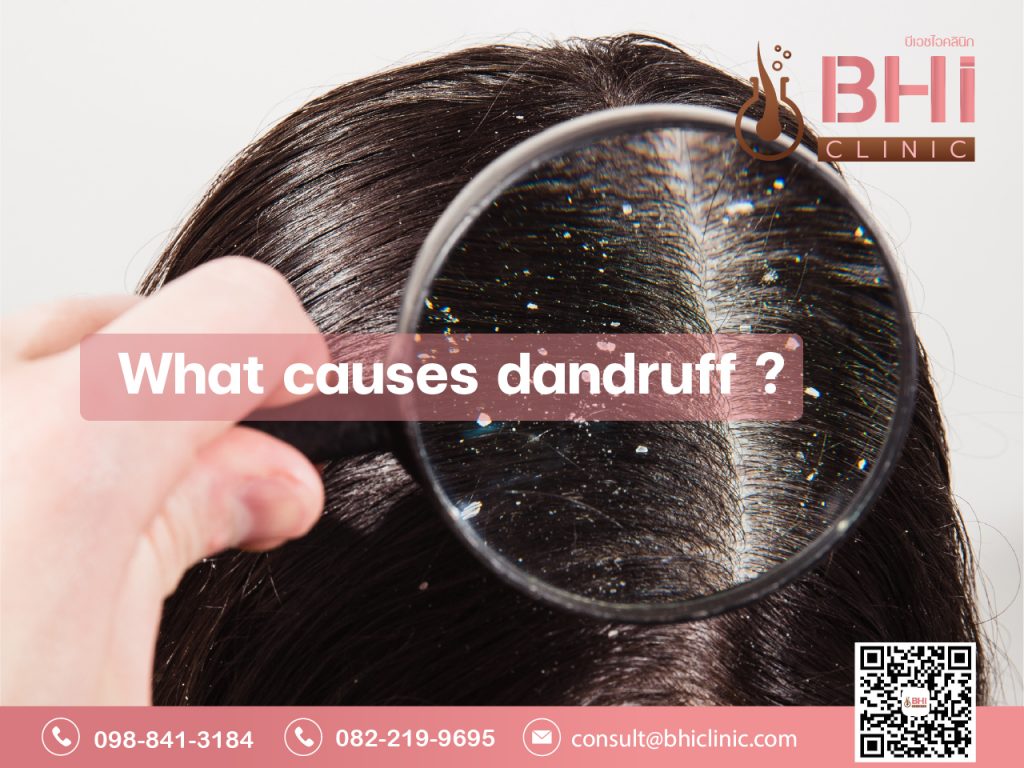Dandruff is a common condition that results from the excessive shedding of dead skin cells from the scalp. It is often characterized by white or yellowish flakes of skin that can be visible on the scalp and sometimes on clothing. While the exact cause of dandruff is not fully understood, several factors are believed to contribute to its development:
- Malassezia Yeast: One of the leading factors associated with dandruff is the overgrowth of a type of yeast called Malassezia. This yeast is naturally present on the scalp and feeds on the oils produced by hair follicles. In some individuals, an overgrowth of Malassezia can lead to irritation, inflammation, and excessive shedding of skin cells, resulting in dandruff.
- Oily Scalp: Excessive oil (sebum) production by the scalp can create an environment where Malassezia yeast thrives. The yeast’s metabolism of oils may trigger an immune response, leading to scalp inflammation and dandruff.
- Sensitive Skin: People with sensitive skin may be more prone to developing dandruff due to a heightened immune response to the presence of Malassezia yeast.
- Dry Skin: While dandruff is often associated with oily scalps, it can also occur in people with dry skin. Dry skin can lead to flaking and shedding of dead skin cells, contributing to dandruff.
- Poor Hygiene: Infrequent shampooing or inadequate cleaning of the scalp can lead to the accumulation of dead skin cells, oils, and other debris, promoting the growth of Malassezia yeast and dandruff.
- Certain Skin Conditions: Skin conditions such as psoriasis and seborrheic dermatitis can cause flaking and scaling of the scalp, often resembling dandruff.
- Stress and Hormonal Changes: Stress and hormonal fluctuations may play a role in the development or exacerbation of dandruff.
- Diet: While more research is needed, some studies suggest that diet, particularly excessive consumption of sugary or fatty foods, might contribute to dandruff in certain individuals.
It’s important to note that dandruff is a common and usually harmless condition. Mild cases of dandruff can often be managed with regular shampooing using products specifically designed to target dandruff. If dandruff persists, becomes severe, or is accompanied by other symptoms such as redness, inflammation, or intense itching, it’s advisable to consult a dermatologist or healthcare professional for proper diagnosis and treatment recommendations.




